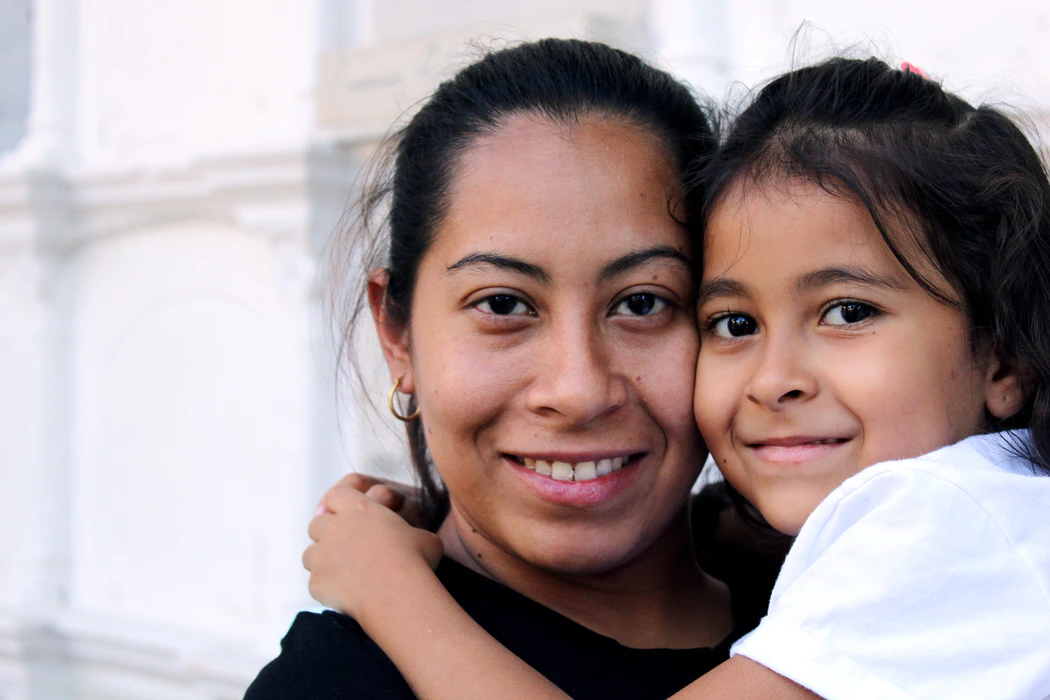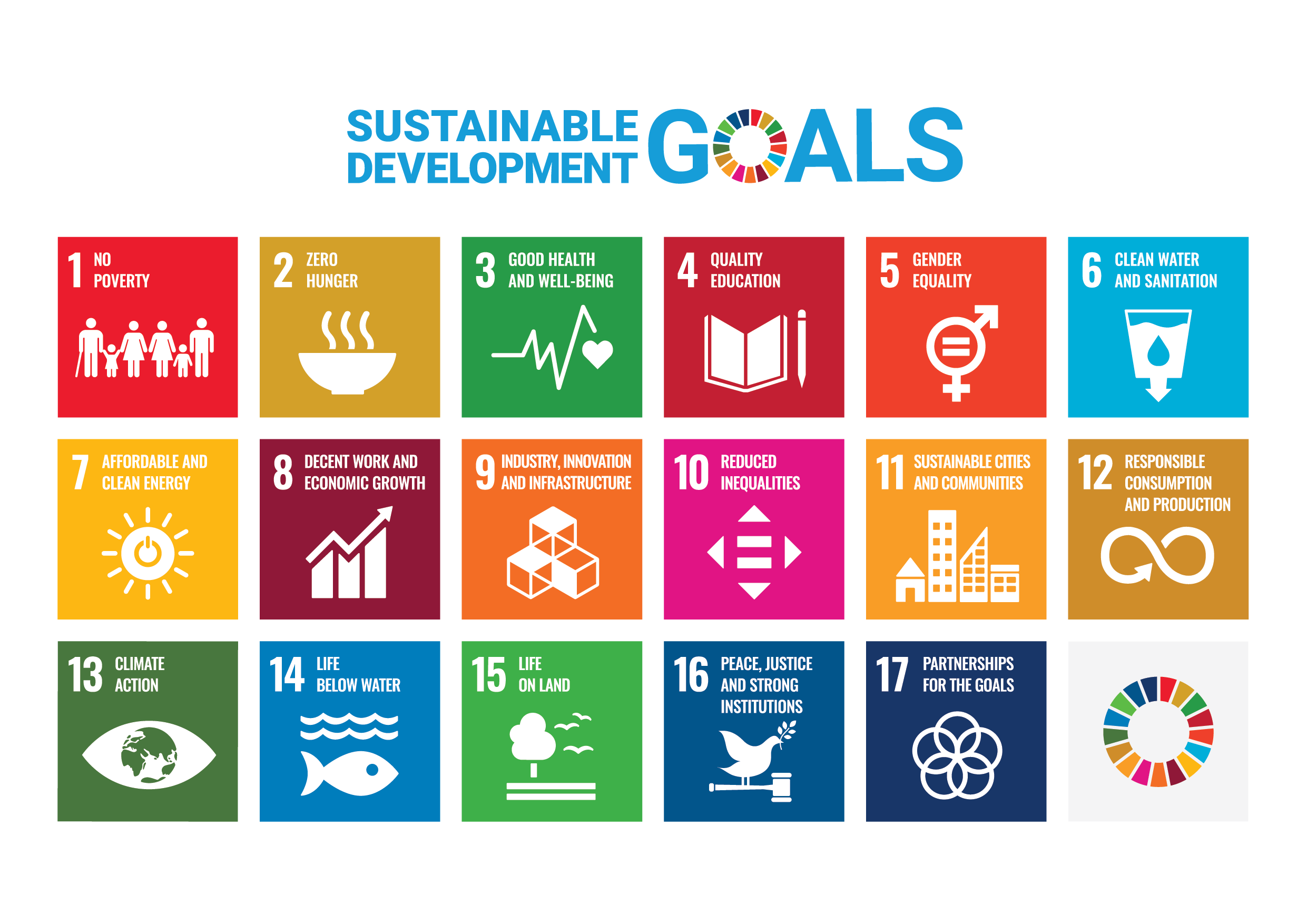What is microfinance?
Microfinance is the provision of financial services (small loans, savings, insurance, remittances and support services) to people on low incomes, who are excluded from mainstream financial service providers.
From its inception in the late 1970s, microfinance has emerged as a fundamental enabler of financial inclusion and inclusive economic growth. Through the Grameen model, microfinance has had an overwhelmingly positive impact on 300 million people, especially women on low incomes.
Microfinance has proven particularly effective in strength-based community-led applications. What does this mean? A person living below the poverty line can create and run their own small business or microenterprise by applying their intimate knowledge of the communities in which they live, using their existing skills, developing new skills, and taking out a small loan for equipment, raw materials and working capital. Income generated by these microenterprises gives economic agency, resilience, control, hope, dignity, leading to full and meaningful lives.



Microfinance is a key enabler of many of the 17 UN Sustainable Development Goals between 2015 and 2030. Specifically, microfinance contributes positively to:
- Decent work and economic growth
- Zero poverty and hunger
- Gender equality
- Reduced inequalities
- Climate action and affordable clean energy
- Quality education
- Life on the land
- Partnerships
